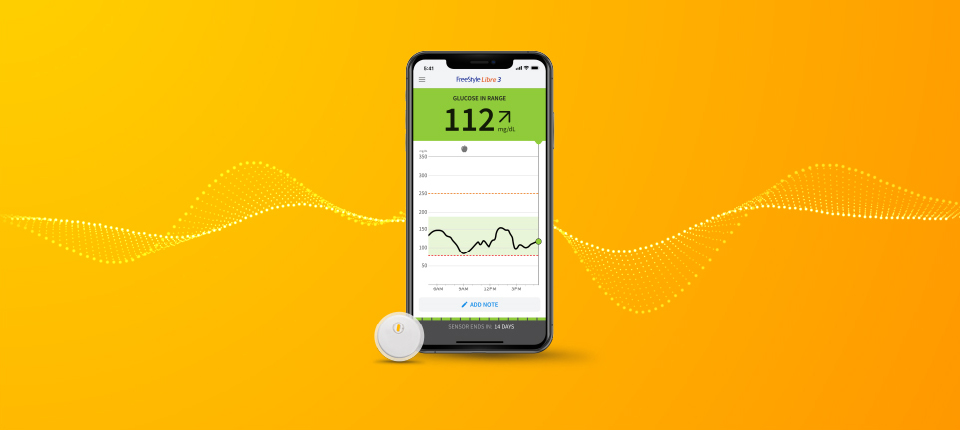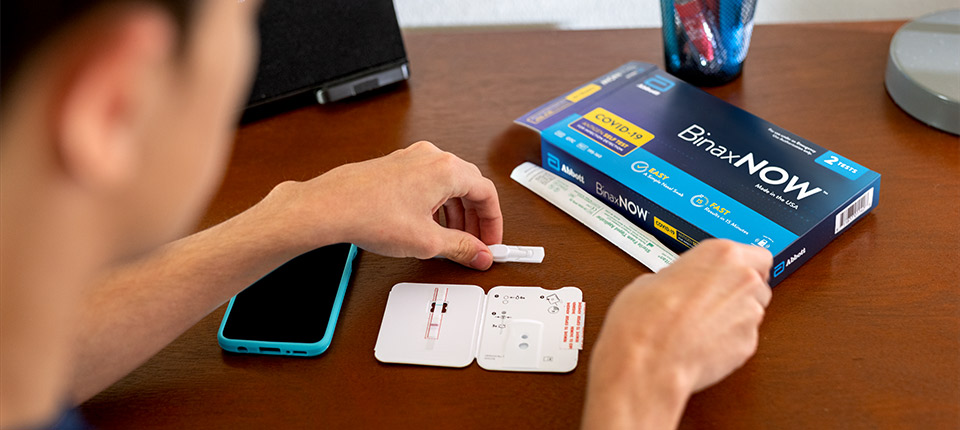Protein and weight loss go together in important ways. High protein consumption while you’re losing weight helps preserve muscle mass and support weight loss maintenance.
Sounds simple so far. But if you’re on a weight loss journey, you know it can be filled with all sorts of variables that factor into reaching your personal goal.
What we can offer here is one of the keys to unlocking that door to improved muscle health: Protein.
Let’s take a closer look at how this nutrient can help you.
If You’re Losing Weight, You’re Likely Losing Muscle
Weight loss brings some obvious changes, but one of the big ones tends to go overlooked: muscle loss.
You can lose 11%-50% of your muscle mass as you’re losing weight.1 2 3 And that’s a key reason to be pro-protein.
“As intake or appetite changes, it can be hard for people losing weight to get the protein, vitamins and minerals they need to support their unique health goals,” said Dominique R. Williams, MD, MPH, medical director and obesity specialist at Abbott. “Those gaps in nutrition can have a negative impact on muscle health.”
How do you address a problem like that? You can probably guess by now.
Protein is an essential building block for muscle, and consuming a high protein diet during weight loss helps preserve muscle mass and supports weight maintenance.
Now, let’s explore ways to add more protein to your lifestyle.
How to Pack on the Protein
If you’re on a weight loss program, it might take some planning to find ways to add protein throughout the day. Start by talking to your healthcare provider to figure out the right target or range for your individual needs.
It goes without saying that your needs will differ from everyone else’s, but a very general rule of thumb is to aim for 25-30 grams of protein at every meal.
The good news is there are plenty of options to consider for protein-packed foods. Foods high in protein include:
- Lean meat, such as turkey and fish (for example, salmon, trout and tuna).
- Low-fat dairy, such as cottage cheese and Greek yogurt.
- Plant-based protein sources such as lentils, almonds and quinoa.
When it comes to portion size, the answer is in the palm of your hand.
Aim for approximately the size of your palm when it comes to lean meats and dairy (3 ounces): This will give you anywhere from 17-26 grams of protein. Think in terms of two thumbs when it comes to nuts and seeds (1/4 cup), which will give you 7-9 grams of protein. And consider the size of your fist when it comes to beans, legumes and quinoa (1 cup), which can contain between 8-12 grams of protein.
If you’re on the go or short on time to meal prep or cook, one option is to reach for a protein drink such as our new PROTALITY nutrition shake. It has 30 grams of high-quality protein to support muscle health, B vitamins for energy metabolism, and provides 25 vitamins and minerals and 4 grams of fiber for digestive support.







FOLLOW ABBOTT